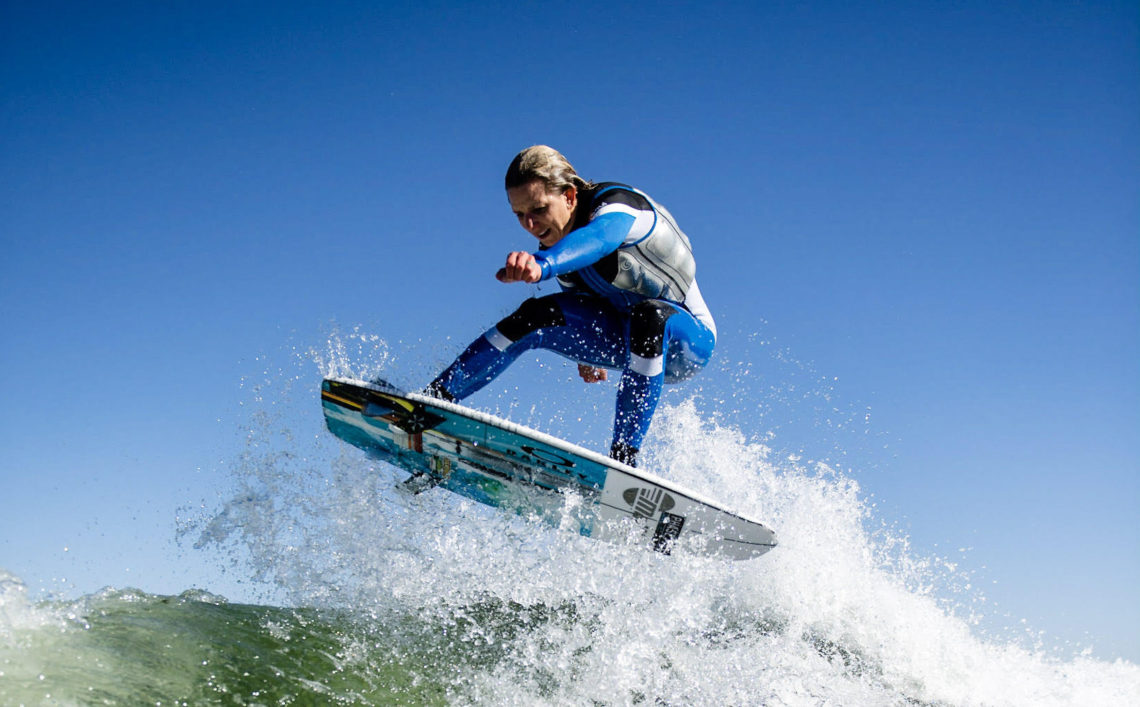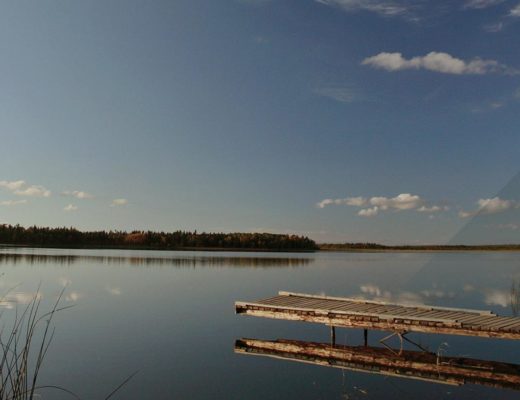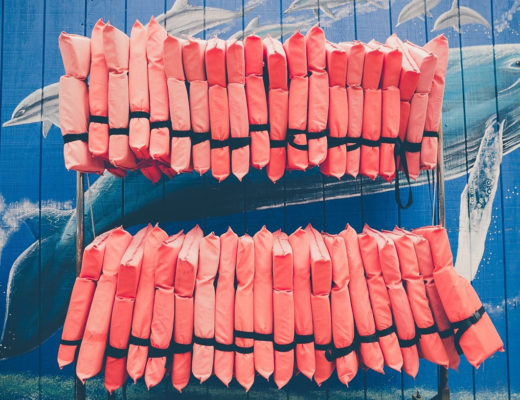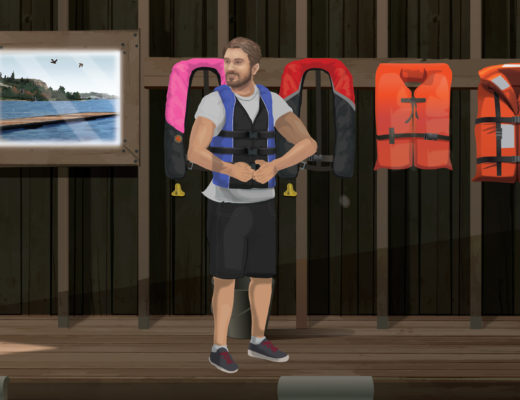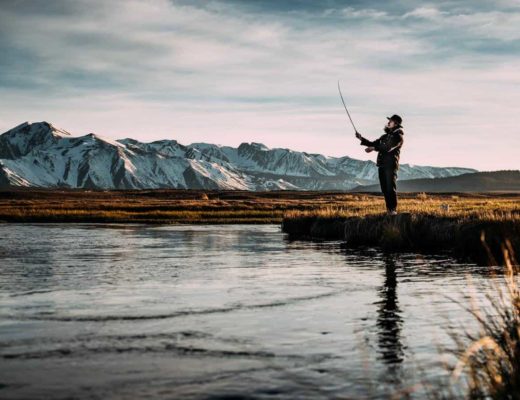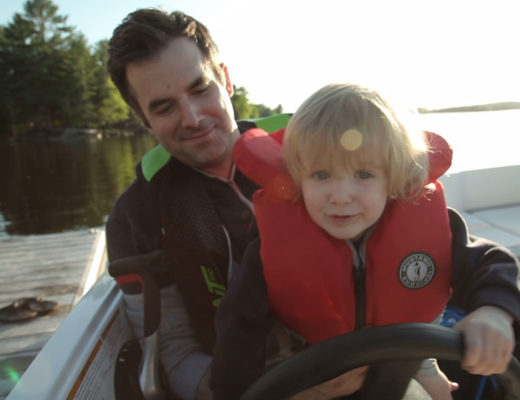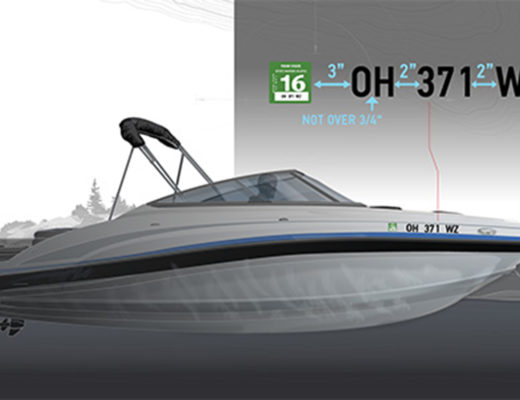Looking to make your boating season last longer? We hear birds, the days are getting longer, and summer is coming.
Long winters make us want to ditch the snow gear and get the boat in the water. But spring water is cold — as in, there might still be ice floating! So, how do you enjoy boating season when temps aren’t balmy?
You dress for it!
Every spring and fall, we get lots of questions about neoprene and cold-water boating, so we’re here to help you learn what works, what does not, and how to stay safe no matter when you boat. So, here’s the skinny.
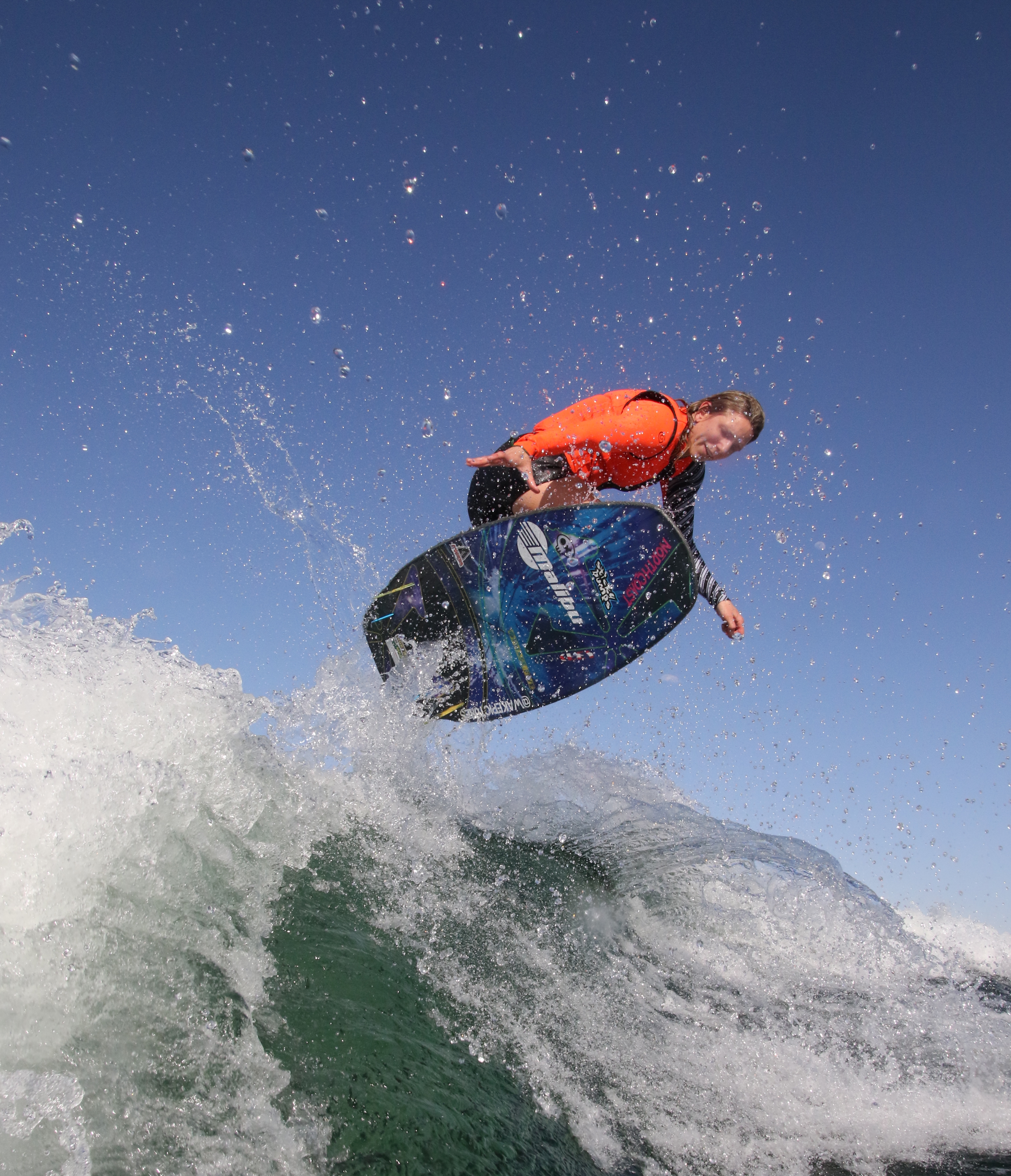
Staying Warm
What do I wear after the snow has melted but the water is still freezing? You might think my answer is a dry suit, but it’s not.
I’ve found that neoprene wetsuits are made so well that they truly keep me warm enough while surfing, even in the coldest water. The ticket is to be sure the wetsuit has taped and sealed seams, a secure chest zip, and fits tightly to minimize water infiltration.
If you are surfing but not exerting a lot of effort, go for the 4/5mm suit in these temps. However, I would consider a 3/2mm if you are an active surfer. I’m busy enough behind the boat that I actually get too warm in the 4/5mm.
What About Your Hands?
So, we have the body covered, but don’t forget about your hands, feet, and head!
I’m not too particular about gloves; dexterity isn’t too important (when wake surfing, especially since you’ll only have the rope for a minute), so I say the warmer, the better.
Go with at least 3mm in the cold water. I have more opinions about booties, however. My favourites are 2mm with a split toe, soft bottom, and a strap by the ankle.
The split toe and soft bottom help with dexterity so you can “feel” your board. The soft bottom also helps to preserve your traction; a hard sole will shred it, and the ankle strap prevents the booties from filling with water. I’ve tried the same bootie without the strap, and it always fills.
Finally, if it’s really cold or windy, I like a neoprene beanie. So much heat leaves the body via the head, so cap it! Neoprene hoods are also very warm but a little too much for me.

Stay Warm in the Boat
“Time in the water is only part of the process, staying warm in the boat is the other part.”
Okay, so that’s it, right? Not quite. Time in the water is only part of the process; staying warm in the boat is the other part of extending your boating season.
For starters, put on your full suit in the house or car before you get to the boat — it’s warmer and more efficient. Then throw on a parka — think of the long jackets you might see at ski races, swim meets, etc. They are usually lined with cozy fleece, and the outer shell is wind-resistant. Once in the boat, pop on a pair of warm slippers with a hard bottom.
Steer away from wearing socks only, as boats are wet, so your socks will most likely be, too. You’ll want a warm, dry hat (remember, cap that heat) and warm gloves or mittens you can drive in.
Ladies, leave the leggings at home. They are more difficult to pull over wet skin, especially if your fingers are getting chilly. Instead, grab sweatpants and a zip-up hoodie.
Ditch the Neoprene After You’re Wet
You might be tempted to leave your neoprene on as you’ll likely be quite warm when you get out of the water, but don’t make that mistake! Wet neoprene gets cold fast when you’re not moving.
After your surf, towel off, ditch all neoprene, and throw the parka on again, which acts as a warm changing towel. Pop off your suit and don your hoodie that zips and sweats while in the parka.
Put your slippers, gloves, and hat on, and you’re set to drive. You will also want to turn boat heaters on if you have them, of course.
Your passengers will love a blanket or dry towel to put over their legs and trap that delicious boat heater heat.
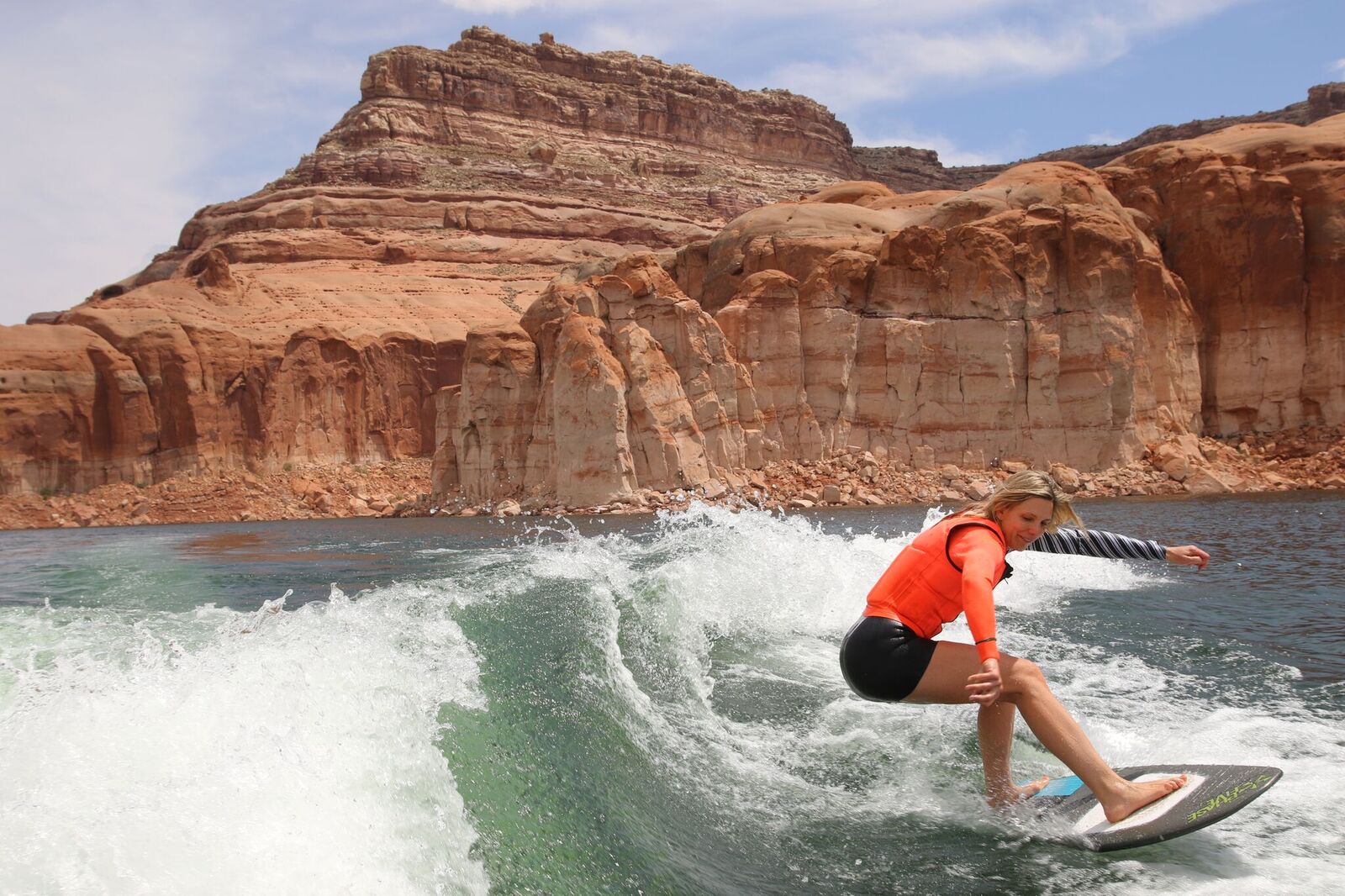
Even Later in the Season, Neoprene is Ideal
So, now that the ice is gone and the water is warming, is it time to put neoprene away? Not exactly.
I use different levels of neoprene throughout the summer. Sure, your friends might roll their eyes when you throw a neoprene shirt in the boat in July, but I always say, “Neoprene doesn’t make you a bad person, just a warm one.”
When the lakes are still a bit cool, I like a 2mm shorty (long arms, short legs) — it will keep your core warm, but you won’t overheat. When the water is warm, but the air is cool (or vice versa), I wear a 1mm jacket or shorty spring suit (long arms, short legs). This takes the edge off the initial plunge, but you won’t get too warm once you’re riding, and it acts as a sunscreen.
If I’m warm, I’ll try more tricks. If I’m cold, I am subconsciously trying not to fall.
Dry It Properly
Finally, be sure to dry your neoprene properly.
Hang suits inside out and then flip them outside in so both sides dry. We have a rack in our garage to hang the suits so all the water drips into a floor drain. If you can dry things out of the sun, you will preserve neoprene life and colour.
I like boot dryers that plug into an outlet for gloves and booties. Just don’t forget them in a compartment in the boat (yes, I’ve done that too).
Having the right gear can help to extend your boating season while keeping you warm and focused.

Enjoy a Long, Safe Season With BOATsmart!
Knowing how to stay safe on the boat and in the water also helps you have a longer boating season. So, as you bundle up in your neoprene when the water is still cold, make sure you also have your boating license.
You’ll need to take a boating education course and pass the exam first — and BOATsmart! has you covered. Before you hit the cold waters in Canada, take our course for Canadians. If you’re getting started early in the cold, Northern states of the U.S., choose the course for your state and start learning.
Originally published April 2019. Content most recently reviewed and updated August 9, 2024.
